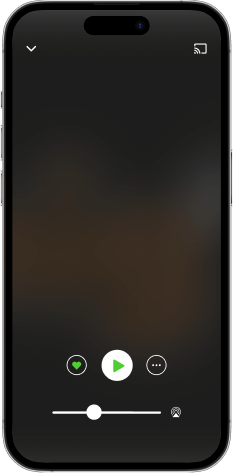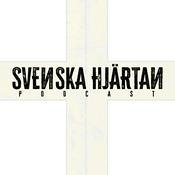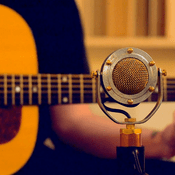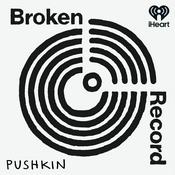16 avsnitt

Episode 20: Plagal Cadences: Concluding on a IV chord
2022-9-19 | 4 min.
Not all songs have chord progressions that end on a V chord, and often songs will end with a IV resolving to I, known as the plagal cadence.

Episode 19: Why Chord Progressions Work
2022-9-17 | 13 min.
In a previous episode, we analyzed "Stand By Me" by Ben E. King. This episode discusses the "why" of the I-vi-IV-V chord progression and explain the basics of the 4-chord phrase structure. We cover Tonic, Chords with common tones, Pre-Dominant, and Dominant Chords containing a leading tone.

Episode 18: Diminished 7th Chords
2021-9-13 | 9 min.
For the half-diminished 7th chord, we take the minor 7th chord and flat the 5th, which is why these chords are often called m7(b5). Fully diminished 7th chords also flat the 7th. When we flat a minor 7th, we get an interval called a diminished 7th chord.

Episode 14: Triads, Chord Voicing, and Intervals
2021-3-17 | 10 min.
In this episode we talk about the pattern used to construct major and minor chords or TRIADS. We also discuss how to use this information to create different VOICING of a chord. We also build on our previous discussion of intervals by introducing three new ones: Major 3rds, Minor 3rds, and Perfect 5ths.

Episode 13: Diatonic Chords in Major, Natural Minor, and Harmonic Minor Keys
2021-3-10 | 8 min.
This episode outlines the Diatonic chords–the ones that fit with no added sharps or flats–within a key. In a Major key we have 1, 2m, 3m, 4, 5, 6m, 7dim. In a Minor key we have 1m, 2dim, 3, 4m, 5m, 6, 7. In Harmonic Minor we raise the 7th note of the key by a half step creating a LEADING TONE: 1m, 2dim, 3, 4m, 5*, 6, #7dim.
Fler podcasts i Musik
Trendiga poddar i Musik
Om Music Theory for Songwriters
Lyssna på Music Theory for Songwriters, Hundåren - Motgångspodden av Tomas Andersson Wij och många andra poddar från världens alla hörn med radio.se-appen

Hämta den kostnadsfria radio.se-appen
- Bokmärk stationer och podcasts
- Strömma via Wi-Fi eller Bluetooth
- Stödjer Carplay & Android Auto
- Många andra appfunktioner
Hämta den kostnadsfria radio.se-appen
- Bokmärk stationer och podcasts
- Strömma via Wi-Fi eller Bluetooth
- Stödjer Carplay & Android Auto
- Många andra appfunktioner


Music Theory for Songwriters
ladda ner appen,
börja lyssna.





























